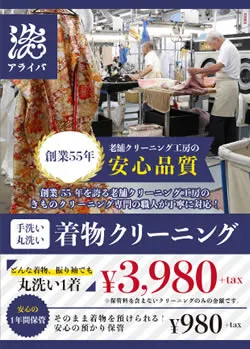How to wear yukata

It’s a day out in Yukata, finally. Finish your nail polish and pedicure in advance. Nothing good happens in haste. It’s also worth caring for your heel by rubbing with pumice for a week. You wonder how to wear yukata correctly and perfectly? Let’s find out.
What is yukata
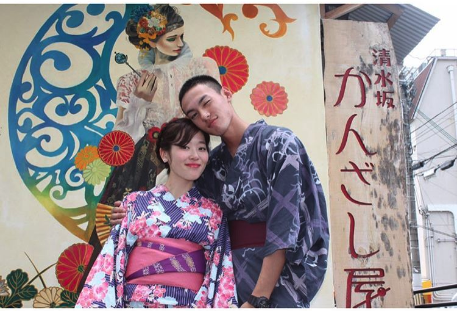
How to wear yukata is a problem everyone want to know, but first we need to know about it. Yukata is a light, cotton or synthetic fabric kimono worn during the hotter seasons and especially during summer. They are a popular choice of attire to wear to events such as festivals and firework shows, and are an easy choice if you want to look cute (or handsome) but still stay cool and refreshed! Although Kimono are usually very expensive, Yukata are definitely more affordable. In even more recent years, you can buy Yukata Sets that offer you the yukata, obi sash, and geta sandals altogether for a special price. You can easily find a yukata set for less than $50 and even as low as $20. Higher quality sets can still easily be bought for under $100.
Choose the right yukata
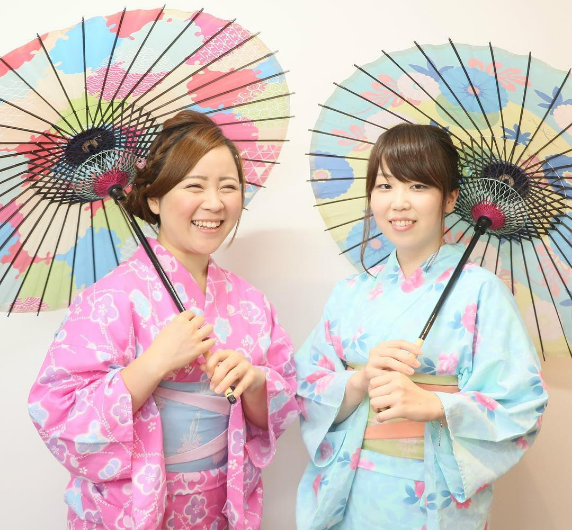
You want to know how to wear yukata? You need to choose the right yukata first. Some people will say, as long as you like it, there is no wrong yukata. Kimono were designed to be one-size-fits-all garments to an extent, and so this statement is not inherently false. You have to consider of course that women in Japan used to be more or less the same size, and for the most part still are. Perhaps many of you in the audience may now be realizing, that size is nothing like your size. Maybe you’re tall, maybe you’re fuller figured, maybe you’re both. And fortunately, that’s OK. Even though getting a custom sized yukata has always been an option, albeit an expensive one, tall sizes are now available and will probably fit your needs no matter what category you fall in. Another thing to consider in how to wear yukata is that Japanese women have been getting progressively taller. My kimono teacher also says that even compared to 40 or 50 years ago, fashion now dictates skirts to fall longer. In other words, if you put on a vintage yukata, it may be too short even if you are built small. One way to check the size of a kimono if you are small or medium build is to hold it up compared to your height. The kimono should be at least your height in length, and ideally about 1 head taller.
Yukata Hairstyle
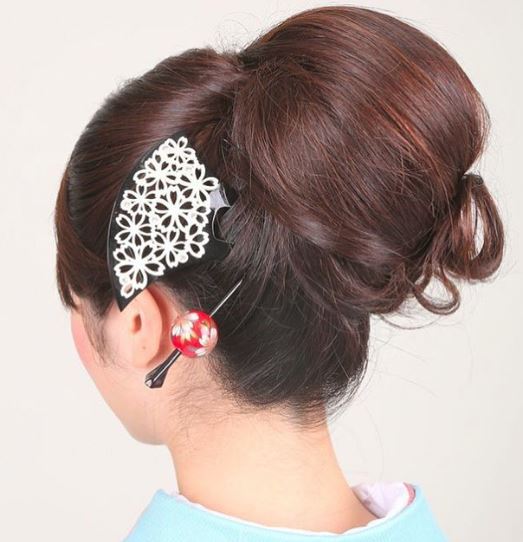
The second thing about how to wear yukata is your hairstyle. Arrange your hair to show your neckline as much as possible. Young ladies should pull their hair up as high as extended line connecting their chin and ear, tie the hair, and arrange it shaggy making curls at the end. Obviously, use hair wax for the tip of hair or it becomes just bushy. Put gorgeous hair accessories for a playful touch. The most popular hairstyle to wear with yukata is an up-do. Putting your hair up in a bun, or curling it and tying it back, are all really fashionable ways to style your hair.Recently short hair and cute boyish bobs have also become more and more popular!
Yukata accessories
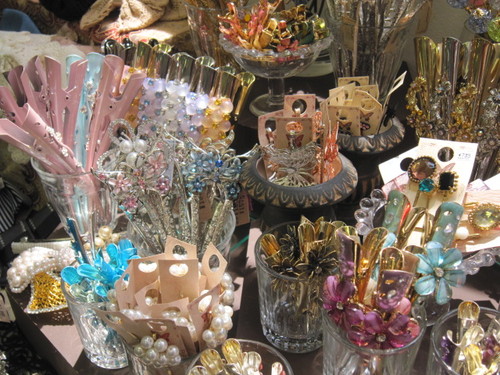
Now when you care about how to wear yukata you need to know to selecting the appropriate accessories. Once you have your yukata, you need to select matching accessories. At the very least, you will need an obi, shoes, and a purse. A few additional but optional nice touches are (but not limited to) a hair ornament, obi ornament, collar ornament, tabi, and fan.
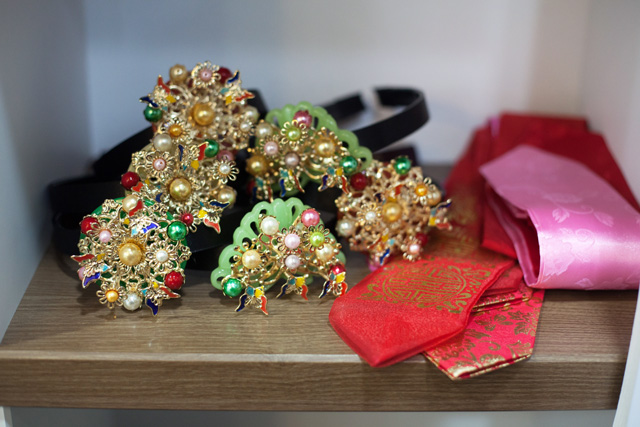
There are two basic rules to follow when choosing accessories. First, when wearing a colorful patterned yukata, choose accessories that highlight one of the background colors in the pattern. Second, when wearing a very plain pattern or solid color yukata, choose accessories of a different color that will contrast with the yukata. Your purse should ideally be hand-held. Avoid any purse that interferes with your sleeve or collar – this will look sloppy and could possibly disshevel the garment.

Matching shoes and purse is a common element of formal kimono – but yukata are anything but formal. Most girls nowadays wear Western-style sandals or heels. When choosing shoes, select something clean and comfortable with an open toe. Japanese style geta are of course a great choice, too, but don’t limit yourself if they’re uncomfortable or hard to find. Geta should ideally match your color scheme in some way, but Western shoes can literally be anything you like.

As for other accessories, I recommend going easy at first to get a hang for what you have and how you want to dress it up. There are a lot of choices out there, or you may opt to make your own, reuse a necklace or belt, or many other things. As an accent of a simple Obi, it is nice to put an Obi-dome like a brooch on a thin Obi-jime. Pass the Obi-jime through the Obi-dome to fix in the front and tie it in the back or side. You can use a Japanese hair stick (Kanzashi) as an Obi-kazari. It is just to tuck in the Obi. Be careful not to loose it somewhere.
Feminine gesture
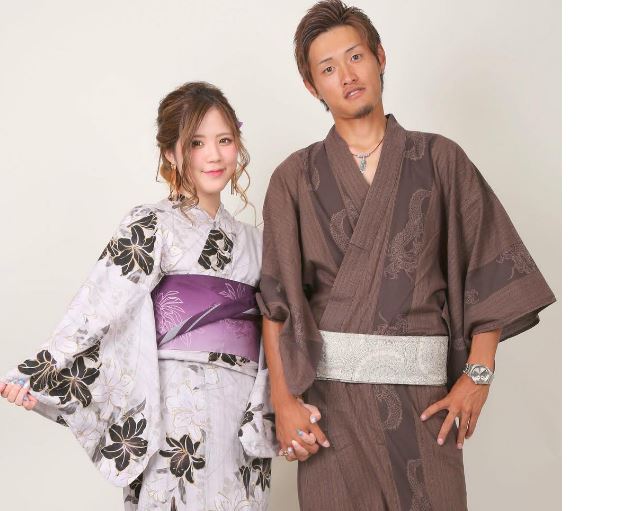
Now you know how to wear yukata perfectly, so keep it that way! When you are in Yukata, behave in an affected manner and try to show yourself more attractive with feminine gesture.
– Try to walk with a smaller gait, around 10-15 cm.
– Walk with a pigeon-toed gait, small steps, and keep your back straight. Mind your back as you have an Obi which easily becomes loose by pushing.
– Sit and stand up straight as much as possible.
– Put the hand to the sleeve to prevent it showing the arm
– When carefully getting into a vehicle, sit down smoothing your skirt, and then swivel your whole body to face forward.
– When sitting in a chair, keep your knees and feet together. Don’t lean back as this will crush your obi. Sit on the edge and incline your calves and feet to the left or right if necessary, keeping your thighs on an even plane with the seat.
– When standing at rest, keep your feet together and turned inwards, one foot slightly more forward.
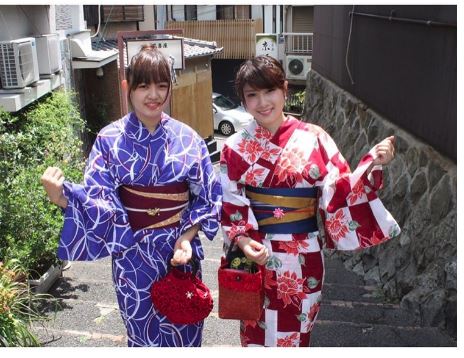
Now you absolutely know how to wear a yukata and how to get attractive with feminine gesture. Yukata are very comfortable to wear and a fun way to get dressed up during the summer! Why not try wearing yukata during this year’s summer break?





